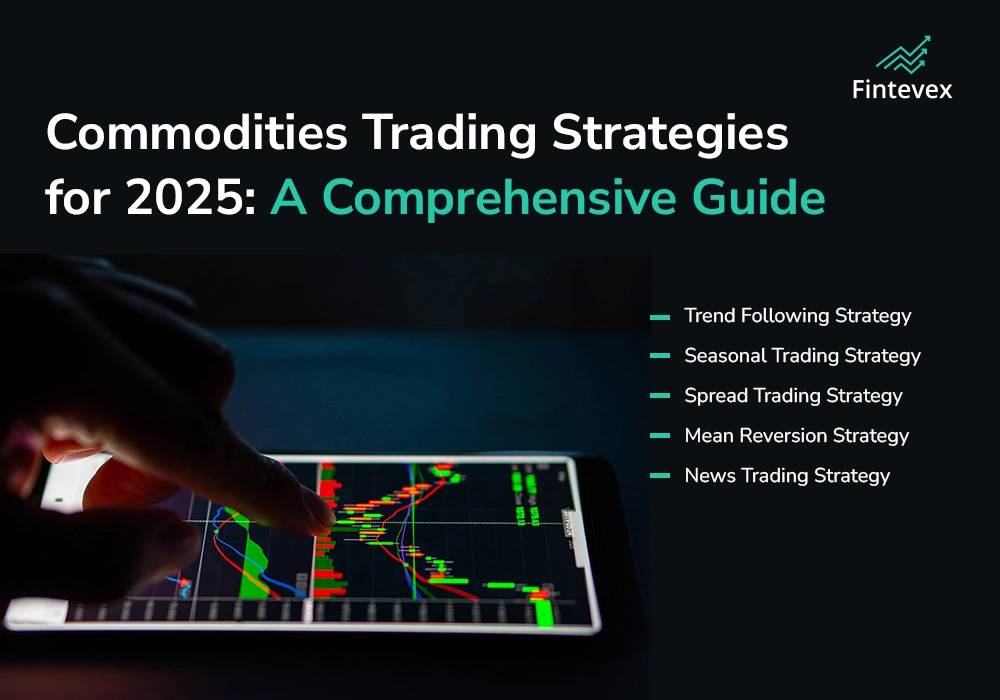Forex trading can be thrilling, but it can also be quite risky without a proper plan in place. This concept holds true for any trader. For new traders, ensuring that proper plans and frameworks are in place helps a great deal in avoiding risks. As they gain experience, having an understanding of various strategies will smoothen the process. In this segment, I will discuss some of the basic techniques to help improve one’s self-esteem as a trader.

Trend Following
The simplest and arguably the most successful method of trading is the method known as trend following. This, and many other strategies, involves gauging and ‘riding the wave’ of the market. Both moving averages, RSI, and other technical indicators, as well as trend lines, can be used to determine whether an asset is in an up or down trend.
In an up-trend, the trader searches for purchases when the price rises to a specific support level. On the other hand, in a down-trend, short selling becomes viable if the price falls to certain resistance levels. Having this strategy, in particular, means that there is a need to wait for confirmation before entering a position. This, like other strategies, requires a lot of patience.
Breakout Trading
Breakout trading capitalizes on a strong price movement immediately following the breakout by executing a trade when the price shifts above a predetermined support or resistance level.
To successfully implement this strategy, do the following:
- Analyze the price chart to determine major supporting and resisting levels.
- Ensure that the volume of the breakout is significant enough to confirm the move.
Risk is diminished by placing stop-loss orders above or below the Breakout level (for buying and selling trades respectively).
Unlike most trading strategies, breakout trading does particularly well in volatile markets and is popular amongst forex, stocks, and cryptocurrency traders. In breakout trading, a common risk is false breakouts where the price reaches a key level, but reverses before bracing the level.
Scalping Strategy
Scalping or holding a position for a few minutes at a time requires a trader to capture price movements multiple times a day. Scalpers put on multiple trades within a day as part of their short-term trading strategy for better profitability.
Scalping strategies include:
- Employ the Advanced Trading Charts of 1-minute or 5-minute intervals.
- Employ other indicators such as Stochastic Oscillators & Bollinger Bands.
As frequent trading can incur high transaction costs, developing a risk management plan is also fundamental. Like all styles of trading, scalping needs decisions to be made quickly, which requires significant discipline. It is mostly appropriate for those traders who are able to pay significant attention to the charts within the trading session.
Swing Trading
Swing trading is sort of a mix between long-term and short-term trading, with a holding period ranging from a couple of days to a few weeks. Price movement during this period is usually short to mid-range. Unlike scalpers, swing traders do not have to devote copious amounts of time on charts, allowing for flexibility – however, they can still profit from the inevitable price changes in the market.
Successful traders who swing focus on both fundamental and technical analysis in order to pinpoint a good trade. These traders typically utilize Fibonacci retracements, MACD, candlestick patterns for determining when to enter or exit the market.
An undeniable benefit of swing trading is the mitigation of the sheer stress that comes from high-frequency trading – although profit is still attainable. However, traders do face exposure to the overnight risk that comes from holding positions for multiple days. Holding trades long term exposes traders to the risk of sudden news announcements that affect the market price.

Reversion Strategy
Mean reversion is a strategy that relies on the notion that the prices of an asset will over time return to their historical average. This strategy entails searching for assets that have deviated substantially from the average figure and assuming that a price correction will occur.
Stock price movements above the moving average due to short-term trends may entice a mean reversion trader to go short while expecting a price return to the mean. On the other hand, if an asset was overbought, a trader could go long on the assumption that the price will eventually bounce to normal levels.
Mean reversion strategies are employed with various indicators such as Bollinger Bands, moving averages, and the Relative Strength Index (RSI) to define overbought and oversold periods. Although it certainly is a profitable technique, mean reversion does pose unique challenges regarding risk, as prices may remain overextended for an exceedingly long timeframe before shifting direction.
Final Thoughts:
Developing a trading strategy is critical for any rookie looking to make their mark in the financial world. Whether you prefer the delicacy of a scalping technique, breaking out of trades, or the finesse of swing and mean reversion trades, each style has its own merits and comes with its own challenges when it comes to self-discipline and risk taking.
New traders should use demo accounts to practice their strategies before taking the plunge with real money. From there, the trader can improve their methods and find a trading style that suits their personal investment objectives and risk appetites.

















